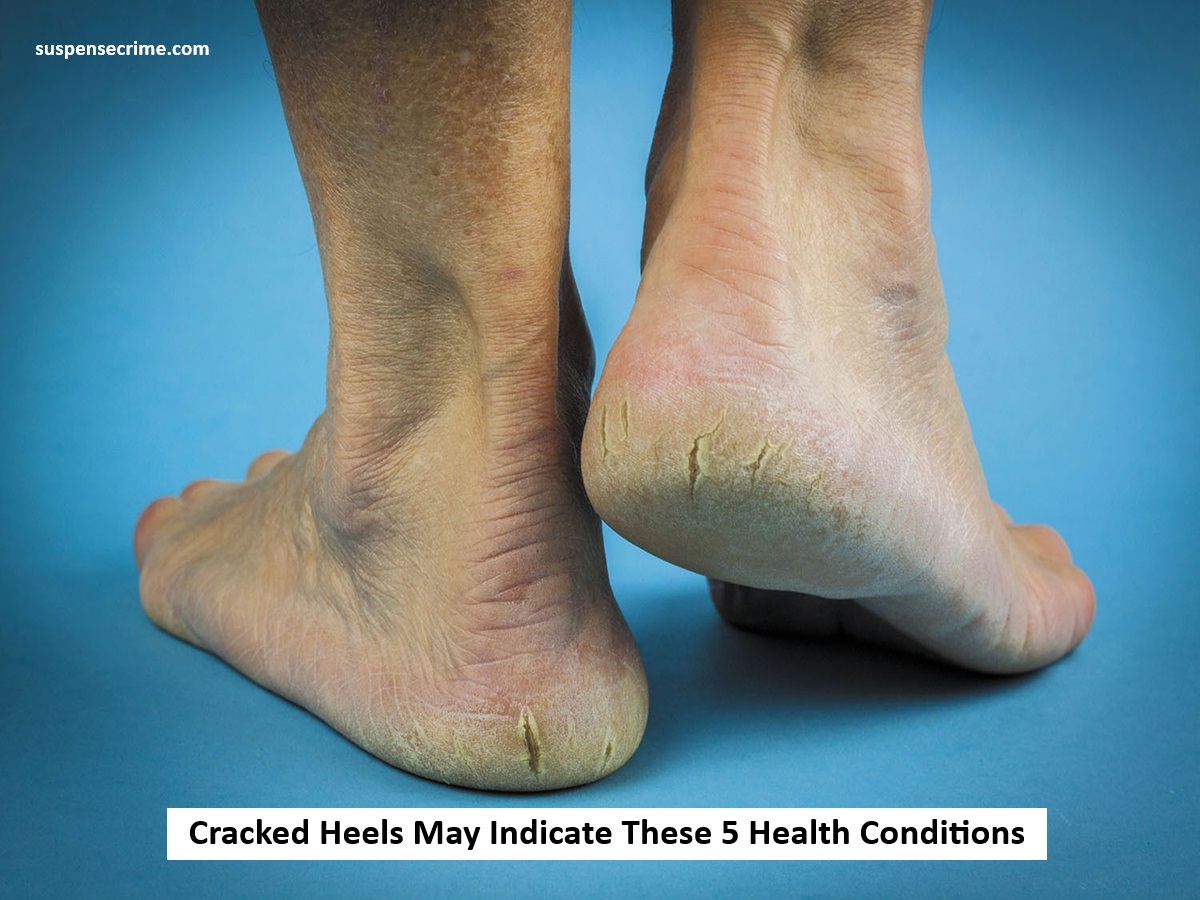
Suspense crime, Digital Desk : Cracked heels occur due to the skin on the heel drying out, thickening, and splitting open like any other skin issue. This condition may be associated with drier weather, inadequate footwear, lack of foot hygiene, or even worse, hidden health complications. Deep and persisting heel cracks should not be underestimated, as they may point towards underlying medical conditions.
Let us examine the following five health problems which can be indicated by heel cracks.
1. Diabetes
Diabetes is well known to leave its victims dry because of inadequate skin hydration, leading to low moisture retention. Poor blood circulation and nerve damage due to high sugar levels also contribute to dry, cracked skin: on the feet, heel cracking is particularly common. The following symptoms might indicate pre-diabetes before heel cracks set in:
Increased frequency of urination
Persistent thirst
Low energy
If this is the case, it is prudent to see a physician for a blood sugar assessment.
2. Thyroid Problems
Hypothyroidism can be suspected when a person exhibits dry brittle skin due to low metabolism. Other valuable clues include:
Cracked heel
Reduced body hair
Weight gain
Chronic fatigue
A combination of other symptoms will likely warrant a thyroid check.
3. Skin Conditions (Eczema or Psoriasis)
Dermatitis like eczema or psoriasis may lead to the chronic itching and irritation of skin. If these conditions affect the feet, the heels may become fissured and painful. A skin doctor should be consulted if the following symptoms are experienced:
Chronic itching
Redness
Inflamed or scaly skin
4. Lack of Vitamin and Minerals
The deficiency of certain vitamins and minerals such as the following can also lead to cracked heels:
Vitamin A
Vitamin E
Zinc
These vitamins and minerals are required for skin health. Inadequate diet, dehydration, or poor absorption due to other health issues can cause these deficiencies. Ensuring a well-balanced diet and taking vitamins as needed will suffice.
5. Lack of Moisturizing Creams and Protective Shoes
Inadequate or lack of foot care may lead using protective shoes such as slippers or exposed footwear which aggravate the dry environment thus exacerbating cracked heels. This can also coexist with other conditions requiring a combination approach.

 Share
Share



